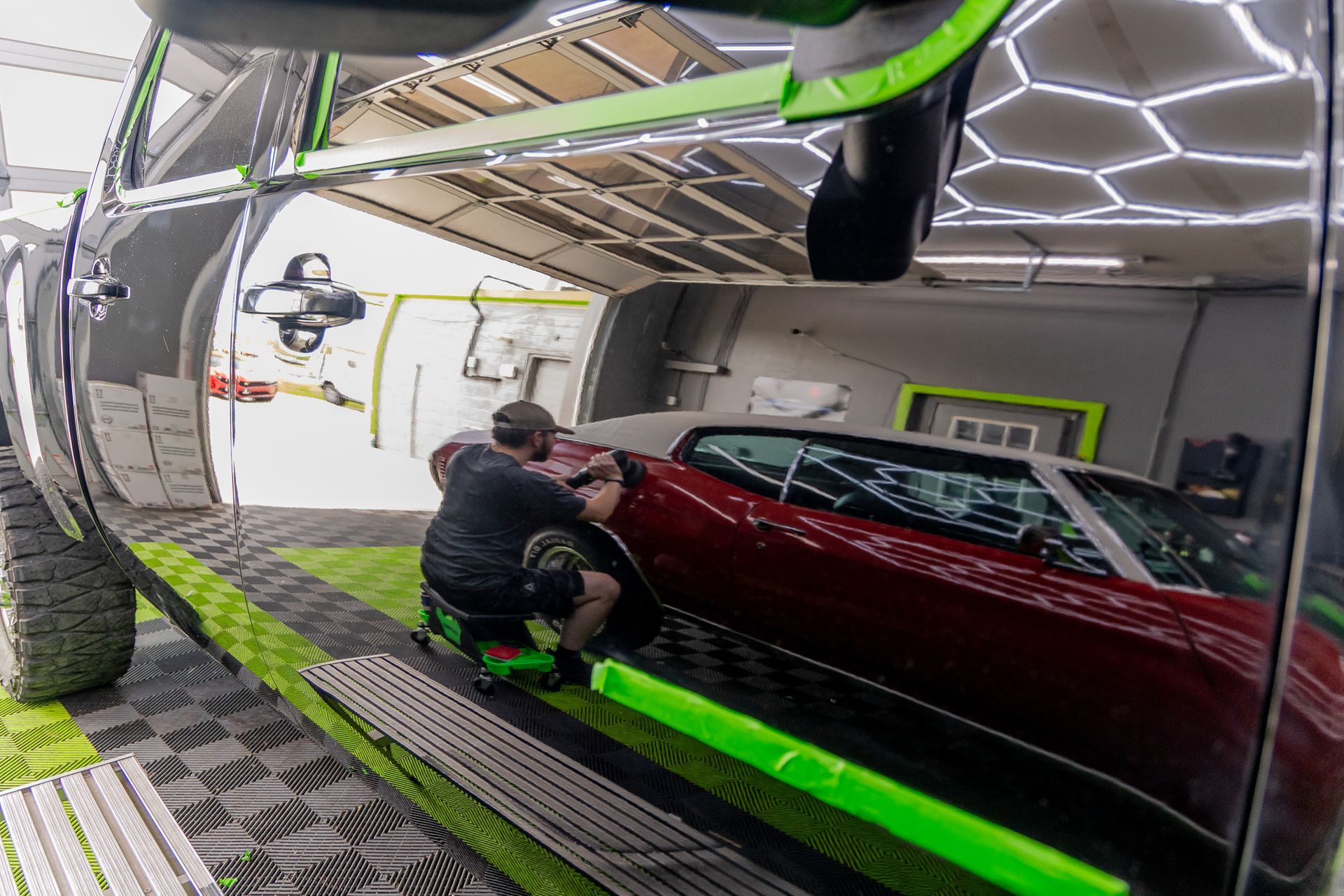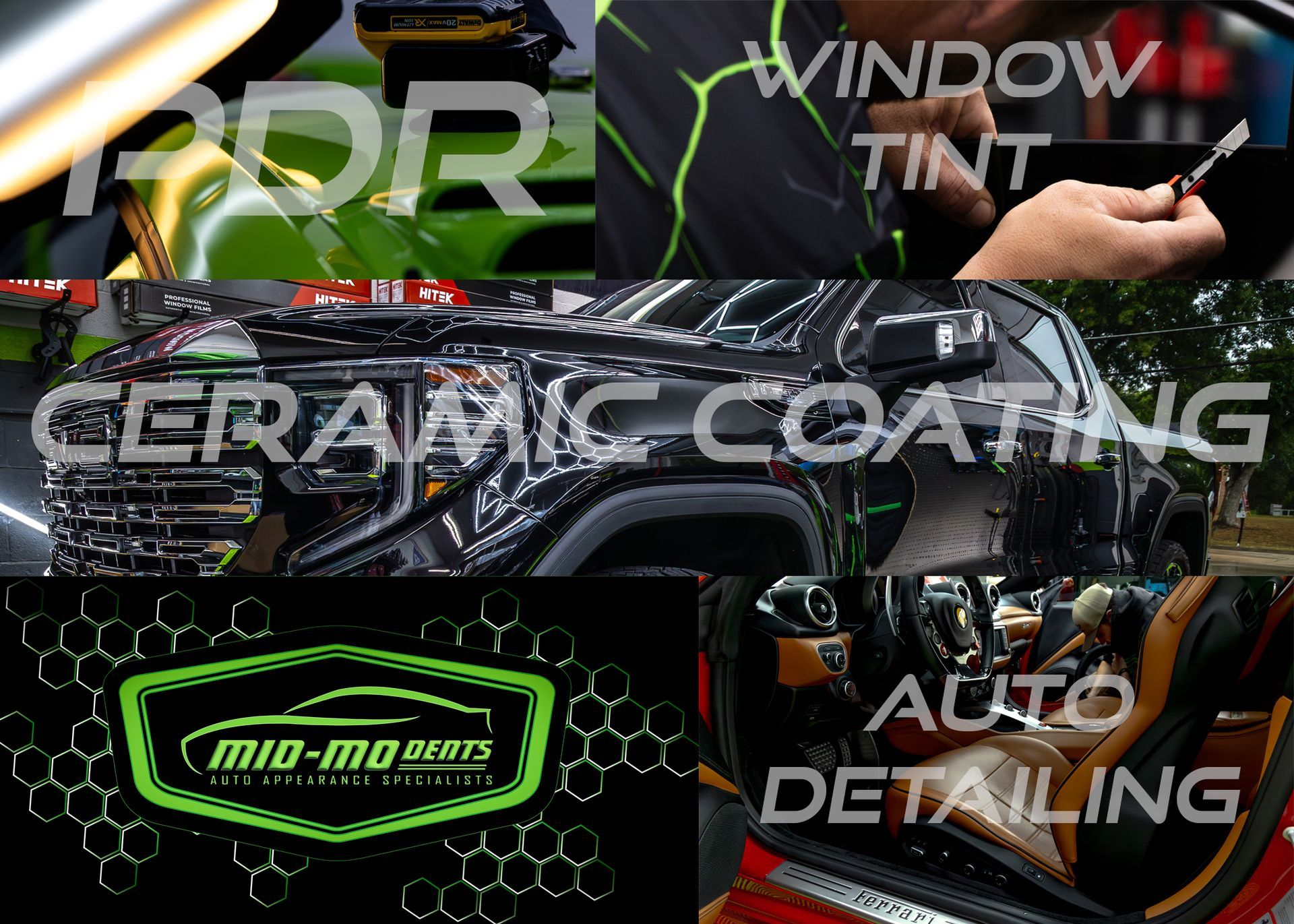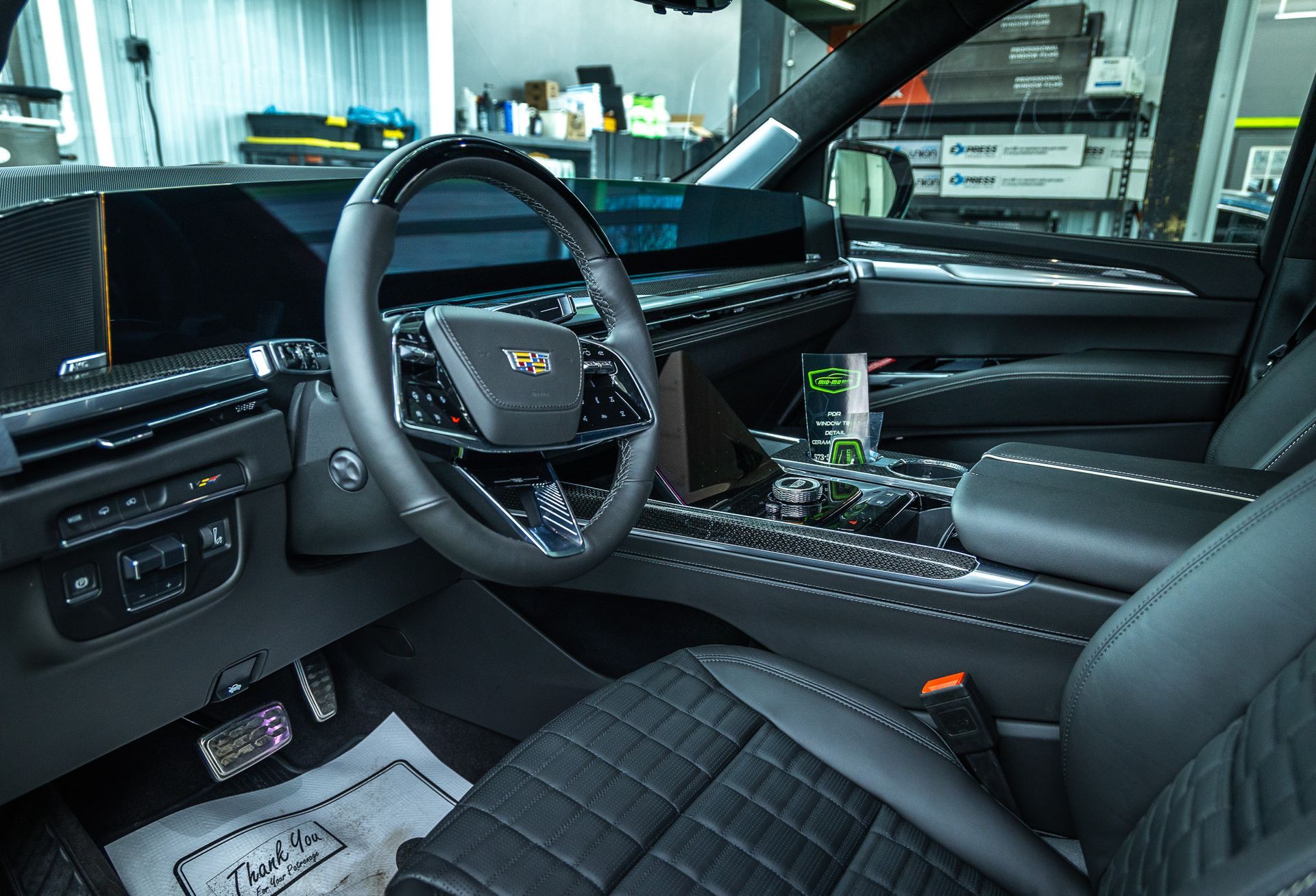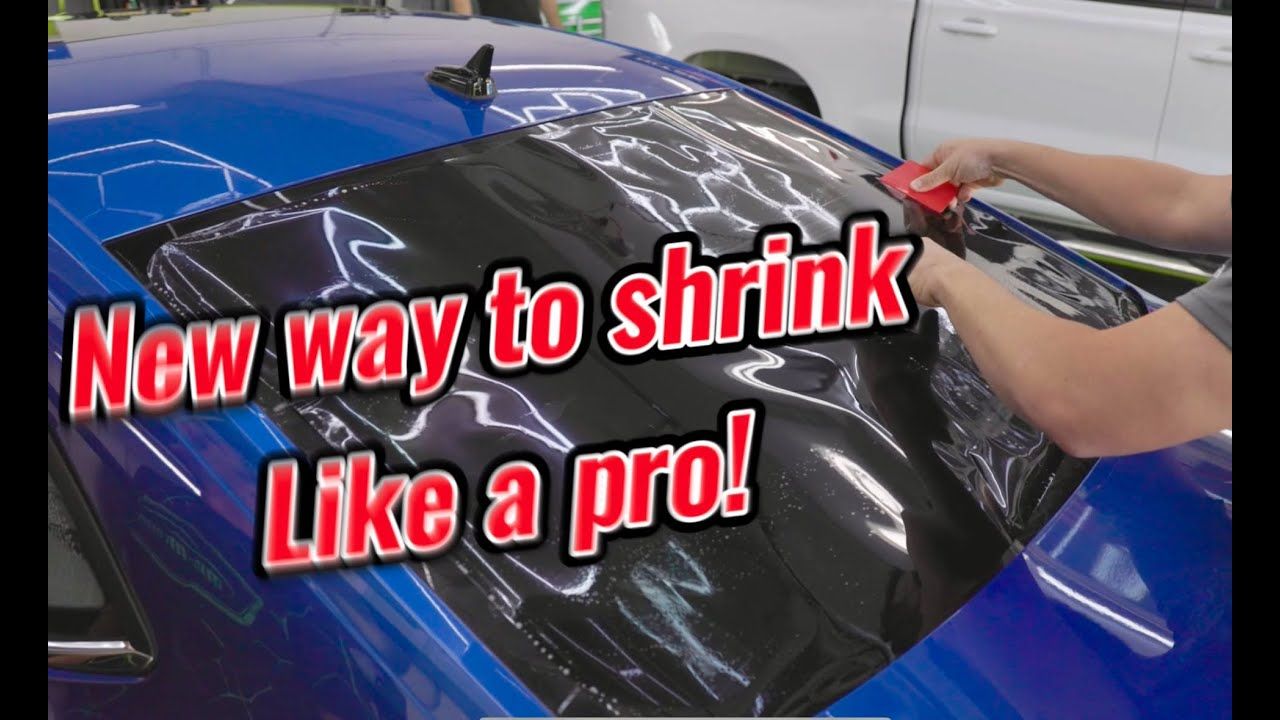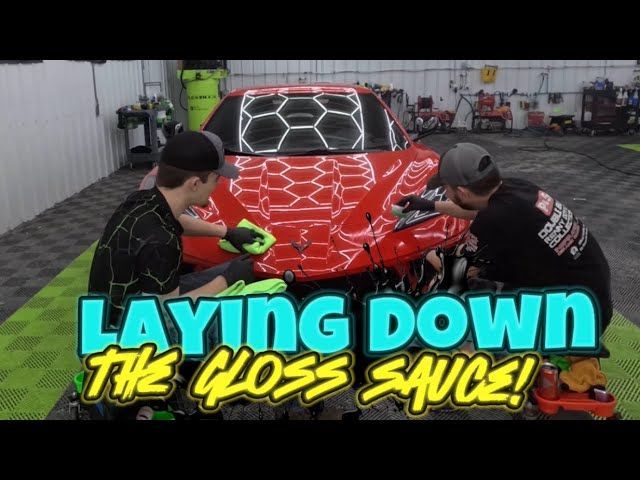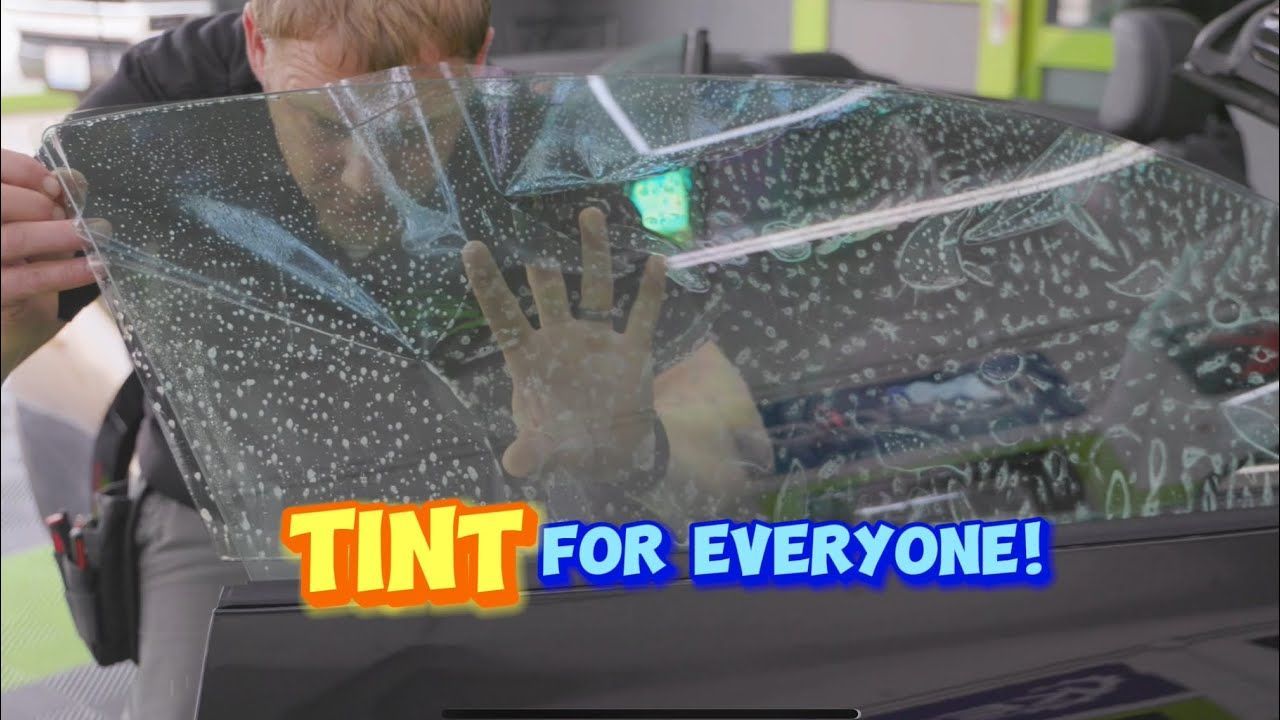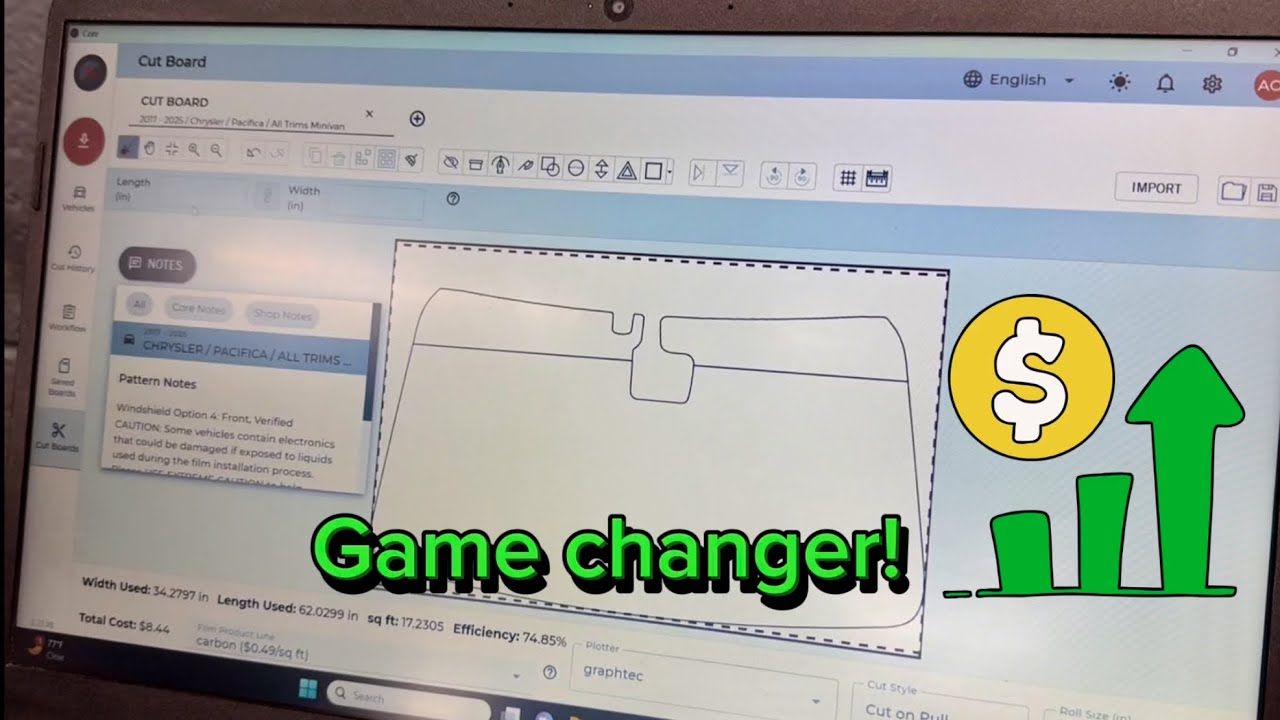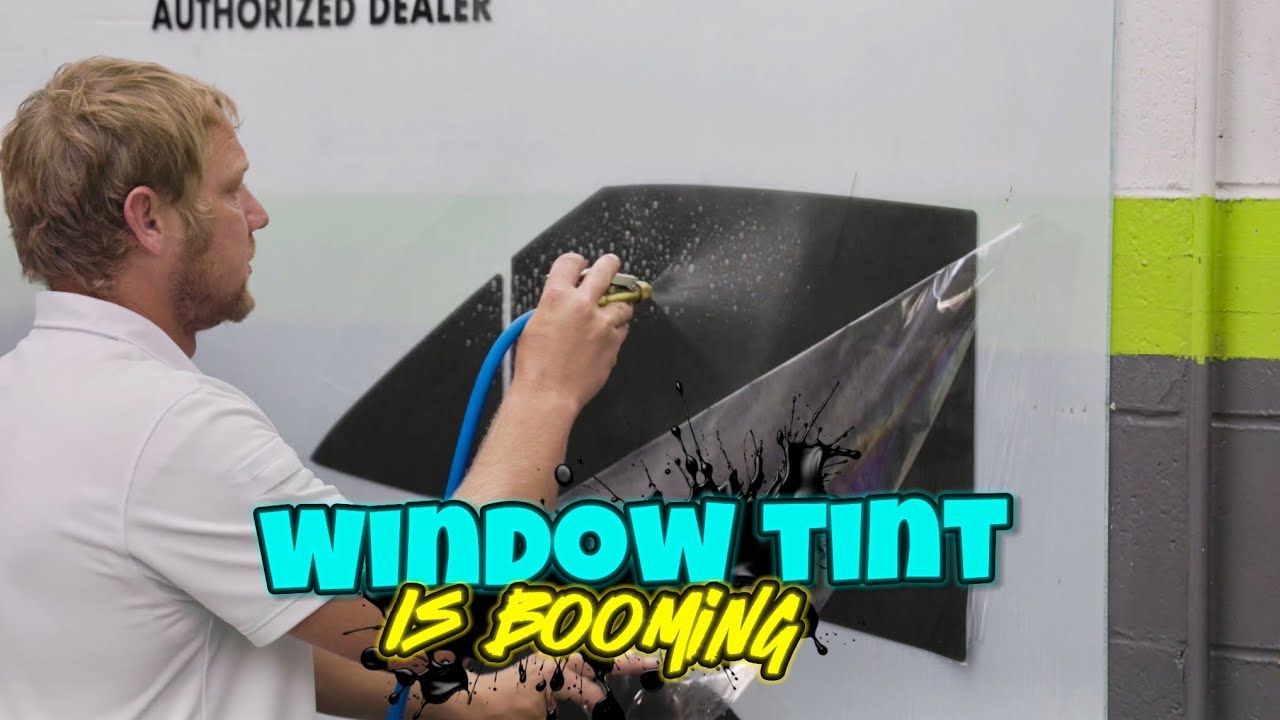Aluminum Dent Repair on a Ford F-150: Full Walkthrough
Hey, it's Andy with MidMo Den, and today we're going to walk you through the process of repairing dents on an aluminum panel. A lot of people wonder if aluminum dents can be fixed as easily as steel, and the answer is yes—with the right approach and tools. In this post, we'll be working on a Ford F-150 with several dents on the door. Let's dive into the step-by-step process.
Assessing the Damage
We began by thoroughly inspecting the door and cleaning off any scuffs and dirt to get a clearer view of the dents. Using a product to remove the paint transfer gave us a better look at the exact nature of the damage. The dents were spread across the panel, and we could see we had our work cut out for us, but with careful attention, it was a straightforward repair.
Door Panel Removal for Better Access
The next step was to remove the door panel, which only required a few screws and some clips. Once the door panel was off, we evaluated the inside of the door to figure out the best access points for our tools. In this case, we decided to remove the speaker to gain additional access, especially to the lower part of the door where one of the larger dents was located. After that, we removed the window to avoid any chance of damaging the laminated glass while we worked on the panel.
Tackling the Dent Removal Process
With the door fully disassembled, we had a clear view of the dents and could assess how to approach each one. The upper dent was located near a brace, so we started with a soft tip tool to gently push it out. For the tighter spots near the brace, we had to switch to a hook tool, and later used a whale tail tool to access the front section of the door where the dent was more stubborn.
After cycling through various tools to work around the tight spaces, we finally made progress. As we moved on to the lower part of the door, we adjusted the tips on our tools because the lower dent was sharper and more severe. We had to work it more carefully, bunching up the metal before blending it out smoothly. This section required patience, as we had initially thought we might need to remove the entire door to repair it.
The Challenge of Glue Pulling on Aluminum
When it came to the final cleanup of the dents, we turned to glue pulling to address some of the remaining imperfections. Aluminum can be tricky for glue pulling, as it doesn’t pull as easily as steel. It required several attempts to get the results we were aiming for, which added time and effort to the repair. This is one of the reasons aluminum dent repair can sometimes cost more—each step requires precision and sometimes more repetition to achieve a flawless finish.
Finishing Touches and Reassembly
After completing the dent repairs, we buffed out the scuff marks and inspected the door to ensure it was perfect. With the dents completely gone and the door looking great, it was time to reassemble everything. We started by re-installing the glass, clipping it back into its track, and testing the window to make sure it operated smoothly. Next, we reconnected the speaker, added the moisture barrier, and reattached the weather strip. Finally, we hooked up the door handle cable and secured the door panel back into place, tightening the screws to finish the job.
Once everything was back together, we took a final look. The door looked excellent, though there was a small paint chip at the bottom. As a courtesy to the customer, we mixed up some paint and did a touch-up to ensure the door was as good as new.
